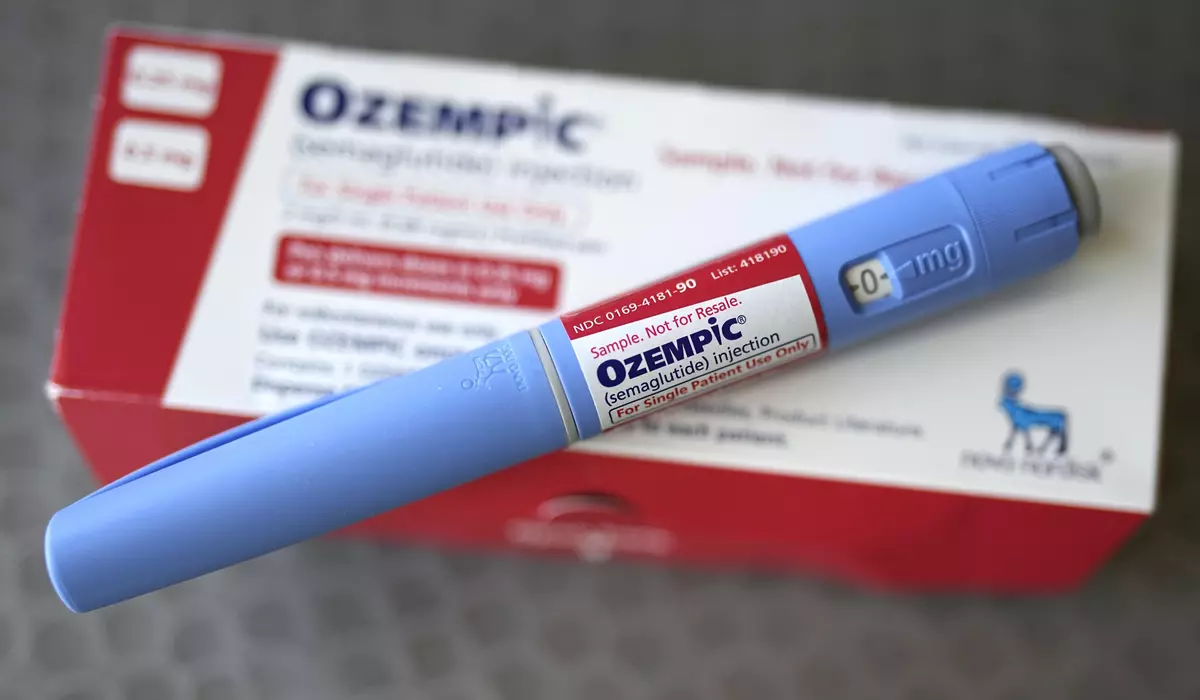So, why does Ozempic cost an arm and a leg in the U.S. while Europeans get it for what feels like pocket change? It’s not because Denmark is doing Americans dirty. At least, that’s what Novo Nordisk CEO Lars Fruergaard Jørgensen tried to convey during a grilling session led by Sen. Bernie Sanders.
Picture this: Americans pay $969 a month for Ozempic, while folks in Germany get it for $59. For Wegovy, the weight-loss wonder drug, it’s even steeper — Americans fork out $1,349 a month, compared to $92 in the UK. Naturally, Sanders opened the Senate hearing with one big, glaring question: Why?
Jørgensen’s answer? America’s health system is like a labyrinth with insurance companies, drug-pricing middlemen (PBMs, aka pharmacy benefit managers), and enough complexity to rival a soap opera plot twist. According to him, the list price doesn’t tell the whole story. While U.S. list prices are sky-high, 80% of Americans supposedly get these drugs for $25 or less per month. That’s thanks to insurance coverage — at least for some people. But Sanders wasn’t exactly buying the explanation, pointing out the stark contrast in global pricing and accusing Novo Nordisk of treating the U.S. like a “cash cow.”
Here’s the kicker: a study from Yale found that the actual production cost of these drugs is less than $5 a month. But research, development, and clinical trials are expensive, right? Jørgensen noted that Novo Nordisk has been working on these drugs since the early ’90s, and the company plans to pump $30 billion into expanding production. Fair enough, but those jaw-dropping prices still sting.
On top of that, there’s a bit of finger-pointing between the drug industry and health insurers. According to PhRMA, the drug industry’s trade group, the real villain is the insurance companies and PBMs, who allegedly drive up patient costs while pocketing their own record profits. Sanders, however, remains focused on what he sees as a decades-long trend of drug price gouging in the U.S.
At the end of the day, the Ozempic price tag in the U.S. isn’t just about greedy pharma execs or bloated research costs. It’s tangled up in the web of the American healthcare system, where no single player wants to take the blame, but everyone pays the price — especially the patients.





